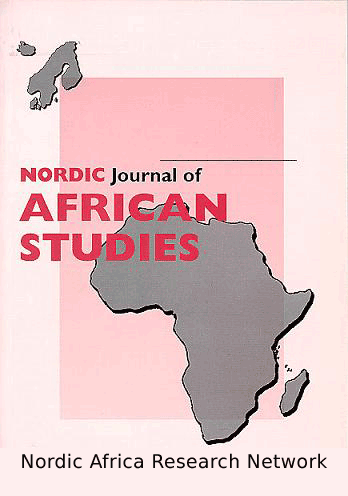Published 2021-04-29
Keywords
- Nigeria,
- witchcraft,
- Yoruba language film,
- cultural customs,
- metaphysics
How to Cite
Abstract
Cinematically, Yoruba filmmakers represent different aspects of the Nigerian nation and various elements of traditional cultures, customs, and praxes. In particular, they pay close attention to the influences of supernatural powers and metaphysical agents in human times and affairs, and they represent them in elaborate visual narratives. Against this cinematic backdrop, this paper investigates the representations of àjẹ́, erroneously known as witchcraft, in Yoruba language films. The paper posits that contemporary Yoruba language filmmakers copy the cinematic models that the late Chief Hubert Ogunde and Alhaji Yekini Ajileye created to make movies about witches. By focusing on the representations of witchcraft in two purposefully selected films, Ìyá-Àjẹ́́ (2017) and Àgbà-Mẹ́ta (2016), this article argues that the binary model that Yoruba filmmakers adopt in their portrayal of witches is a tired formula. Instead, this study proposes àjẹ́ism as a theoretical model for studying the àṣẹ vital force that witches own, as well as the relevance of àṣẹ to women’s empowerment, civil protests, and space claiming. Thus, this essay proposes that we reimagine àjẹ́ as a cultural resistance tool that women can appropriate to fight injustices and oppressions.

